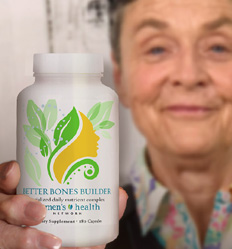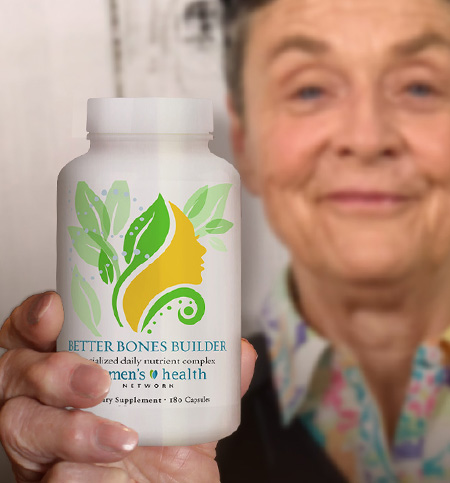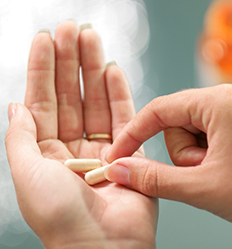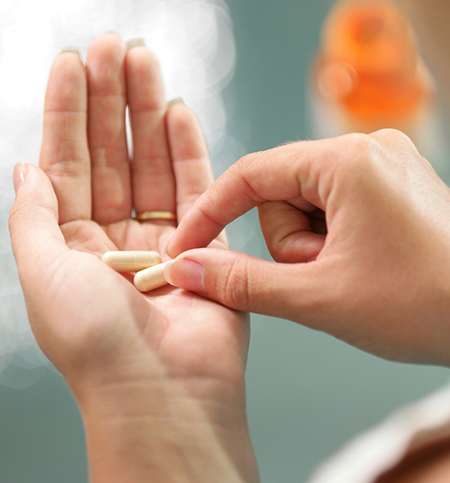Authored by Dr. Susan E. Brown, PhD
[This blog has been adapted from a video talk by Dr. Susan Brown. It has been lightly edited for length.]
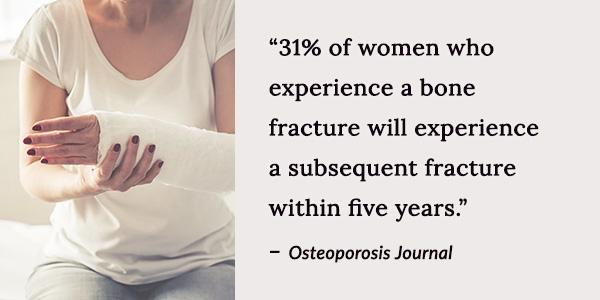
Low trauma fractures are bone breaks that occur in situations where bones should be resilient enough to absorb the impact. Common low trauma scenarios include fracturing after a stumble on the sidewalk, slipping on ice, or even lifting a stubborn window sash or a heavy sack of groceries.
It’s confounding to experience a fracture seemingly “out of nowhere,” but low trauma fractures should never be dismissed as simply bad luck. Also called fragility or osteoporotic fractures, low trauma fractures are often a prime warning sign of underlying bone weakness — and a significant indicator of future fracture risk. For instance, a spinal fracture, even if hidden and undetected, makes you four times more likely to suffer another spinal fracture. Fractures of the hip, wrist or arm double your risk of subsequent fractures.
Is low trauma fracture an issue that only women with osteoporosis need to worry about? Absolutely not. As I’ve emphasized repeatedly, you cannot predict fractures from bone mineral density alone. The research on low trauma fractures bears this out. According to a large Australian study, while 26% of women who experienced fractures had osteoporosis (low bone density), a significant 73% had only osteopenia — and 16% had normal bone mineral density!
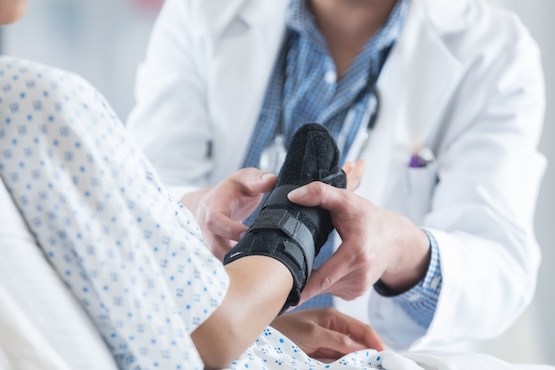
No matter what your DEXA scan says, if you have fractured, take it as a sign that you need to take substantial, comprehensive steps to support your bone health. Even a simple fracture of the wrist after stumbling tells a story — and research has shown repeatedly that a person who’s had a previous fracture is at higher risk of future fractures.
So, how do you make your first fracture your last? Here are 5 steps to start rebuilding your bone strength and resilience.
Step 1: Eliminate bone-weakening lifestyle factors
To restore bone stability and flexibility, start by pinpointing any lifestyle factors known to weaken bone — and eliminate them. Smoking, excessive alcohol consumption, lack of exercise and chronic stress are all detrimental to bone — and the rest of your health too. You can assess your lifestyle risk factors by taking our free Bone Health Quiz. Committing to a healthier lifestyle can go a long way toward restoring the strength and resilience of your bones.
Step 2: Test to uncover hidden medical issues weakening bone
If you have experienced a fracture, work with your doctor to identify any underlying health or medical issues related to bone loss. Conditions such as Vitamin D deficiency, excessive calcium loss in urine, parathyroid or thyroid issues, and high cortisol levels can contribute to bone weakening. Our research at the Center for Better Bones suggests that at least 50% of all fractures could be prevented with adequate Vitamin D! So, as a first line, ask your doctor to have your Vitamin D levels checked. It’s a simple test and you can easily start supplementing with Vitamin D.
A full medical workup for bone health should include testing cortisol levels, and parathyroid and thyroid checks. To find out if you are losing bone right now, you can also ask to have your urine checked for excess calcium (20% of women with osteoporosis are losing calcium in the urine).
Step 3: Address underlying issues
If your doctor follows up with testing and identifies a parathyroid problem, an issue of too much thyroid hormone, excessive calcium loss in urine, Vitamin D deficiency or other issue, spend time understanding what this means for your health and work with your doctor to find the best treatment for steering your health in the right direction.
Step 4: Nourish your bones and move your body
In our fast-paced society, we often don’t take the time to eat properly. We miss out on nourishing foods that help alkalize and replenish the important vitamins, minerals and other nutritional compounds needed for strong, flexible bones. It’s essential to understand the role of various nutrients, beyond just calcium, Vitamin D and magnesium, and to get enough of all 20 bone-building nutrients every day.
Supplementing with a high-quality bone health supplement bridges nutritional gaps and provides therapeutic levels of the nutrients your bones need.
On top of this, most of us also don’t get the exercise we need to stimulate and encourage bone growth. If your diet and exercise habits could use some help, it’s time to take those first steps. We have some great resources on exercising for bone health to get you started. There’s so much you can do yourself to strengthen bone!
Step 5: Create a personalized plan for stronger bones
Whether it’s exercise, an alkaline diet, nutritional supplements, detoxification, digestion or stress reduction, there are many important components to building better bones and a better body.
Developing a comprehensive bone health program is crucial, especially if you’ve already experienced a fracture. In the work I do helping women construct their individualized plans, I want women to view their plan as an opportunity to take control and implement common-sense, and sometimes sophisticated, strategies that restore their bones to good health.
Are bone drugs ever part of the plan? Sometimes. In extreme cases, some individuals may experience multiple fractures without an obvious cause, even after a thorough medical evaluation. In such situations, bone drugs may be necessary. However, combining them with lifestyle and nutritional changes remains beneficial.
Any fracture is worthy of investigation
What I want you to take away from this is that if you fracture, it’s a strong indicator that something is wrong and needs your immediate attention. Given the research, I view a low trauma fracture as definitive evidence of bone weakness.
It’s easy to dismiss a fracture by thinking, “I fell really hard,” but even minor falls or accidents should be taken seriously. Any fracture without severe trauma likely indicates bone weakness. For example, not everyone fractures in car accidents, which further supports that bone strength plays a crucial role.
Pay attention to fractures and take them as a sign to thoroughly evaluate your bone health. There’s an ancient saying: “If you keep going in the same direction, you will end up right where you are headed.” Think of your bone fracture as a flashing sign of “danger ahead.” Take the detour that leads you through taking better care of your bones – when you end up at your new destination, you’ll be glad that you did.
References and further reading
References
Ferrari SL. Prevention of fractures in patients with osteoporosis. Lancet2017; http://dx.doi.org/10.1016/S0140-6736(17)32167-0 (published online November 9, 2017).
Gehlbach S, Saag KG, Adachi JD, et al. Previous fractures at multiple sites increase the risk for subsequent fractures: The Global Longitudinal Study of Osteoporosis in Women. J Bone Miner Res.2012;27(3):645–653. doi:10.1002/jbmr.1476.
Johansson H, Siggeirsdóttir K, Harvey NC, et al. Imminent risk of fracture after fracture. Osteoporos Int. 2017;28(3):775–780. doi:10.1007/s00198-016-3868-0.









